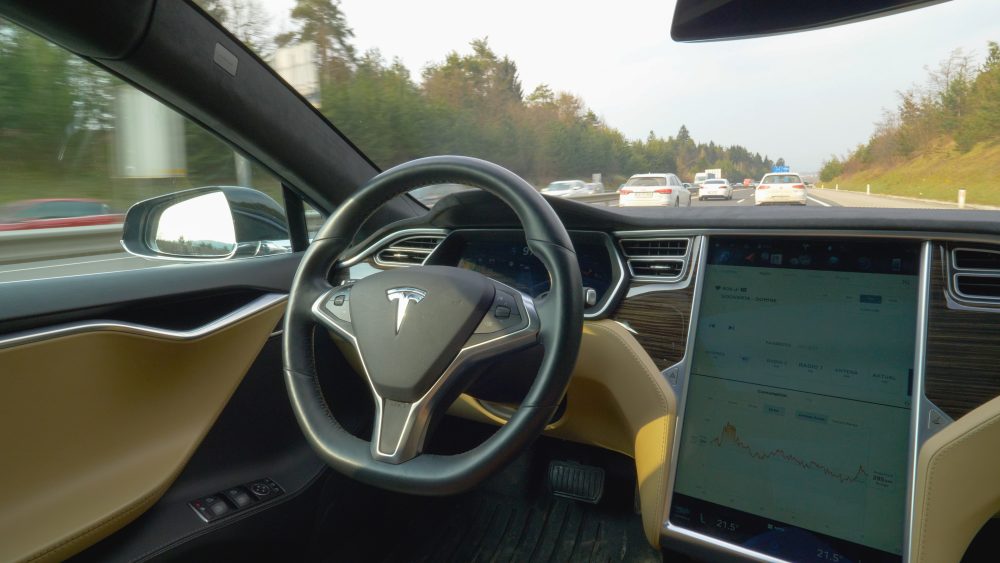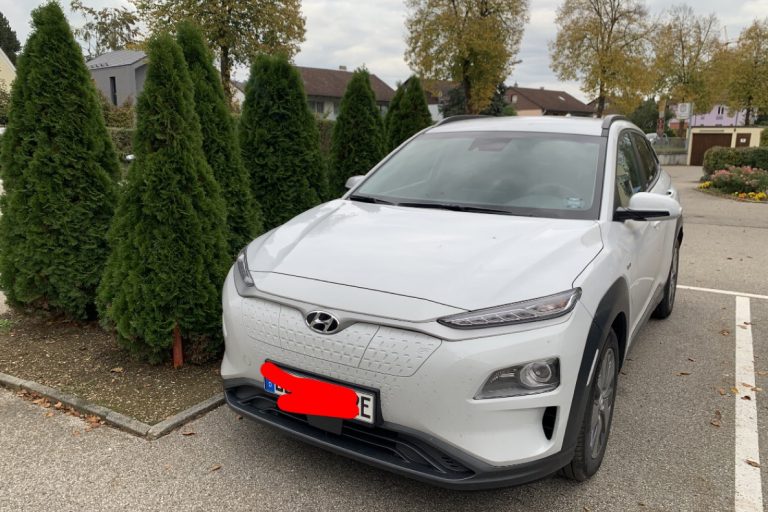The terms we hear now, such as data sciences, electromobility, self-driving cars, and smart cities, were unknown to our predecessors. They could not imagine experiencing the conveniences we are experiencing nowadays. Technologies we have now or what ought to be rolling out in a couple of months were something exhibited in the science fiction movies. We all used to get amazed when we watched self-driving cars, highly automated lifestyle, and data-driven community in such movies. But the things which used to amaze us in the past are now known to us. The concept of autonomous vehicles and electromobility are those two amazing revolutions which are all set to transform our transport sector. Accounting the road fatality rate and environmental implications, these two concepts are ought to be streamlined and be put in practice.
Since electromobility is all about having smart, efficient, and green vehicles, the term autonomous vehicle has some confusion. Some people think of it as something related to vehicles that would be free from any driver. From a general point of view, it is true, but for better relatability with electromobility, some clarifications are imperative.
Classifications of AVs
As per the standards of the Society of Automotive Engineers (SAE), autonomous vehicles should be classified as per the degree of automation. Six levels define respective classes and operating behaviours of AVs.
Level 0: These AVs imply that there isn’t any sort of automation, and all driving operations are expected to be performed completely by humans.
Level 1: These AVs have a driver assistance mode where most of the functions are being operated by the driver. But in addition to driver-oriented driving, there are certain automation functions, like cruise control is embedded, etc.
Level 2: These AVs are partially automated. These AVs can perform some basic steering functions as well as acceleration and deceleration on their own. However, for certain navigation functions like lane change or turns, driver assistance is still required.
Level 3: These AVs are classified as conditionally automated vehicles. Although these types of vehicles can accelerate, decelerate, and turn on their own. But in case of alarm generation, they require human intervention.
Level 4: These AVs corresponds to a High Automation where all sorts of driving operations and controls are done without any human intervention. But such operations are subjected to the provision of certain conditions of which geofencing is prominent.
Level 5: These AVs are fully automated and do not require any sort of human intervention at all. Even in emergencies, they are smart enough to think like humans and take decisions to ensure collision-free driving.
While ideal and holy grail for AVs lies in the Level 5 vehicles, but future seems farsighted. Most of us are amazed by the Tesla Autopilot feature and consider it the practical implementation of autonomous vehicles. To the surprise of most, the Tesla Autopilot feature is Level 2 compliant. The main hurdle is not in the production but lies in the security and infrastructure feasibilities.
Future with Electromobility and AVs
Combining the brighter side of both autonomous vehicles and electromobility, it is quite foreseeable that the future belongs to them. This foresightedness can further be validated by the remarks of General Motor’s CEO, Mary Barra. According to her, the future of mobility belongs to zero emissions, zero crashes, and zero fatalities. The integration of autonomous and electric vehicles will indeed reshape our lifestyle. One of the shiner aspects of their integration would be saving 1.35 million people, who die each year just because of road accidents. Following are some of the key benefits we are going to see in the near future with autonomous electric vehicles:
Clean and Green Future
Apart from humanitarian grounds, if we look at the environmental impacts, they are also very promising. Imagine a future where all vehicles will be autonomous and using clean and green energy. With this, not only will we be progressing towards a collision-free commute, but we will also be contributing towards making our environment less polluted.
Reduction in Traffic Congestion
Such integration will also result in a drastic reduction in traffic congestion times. Since these integrated vehicles can communicate and coordinate with the traffic movements, therefore traffic movements can be choreographed more seamlessly. There are estimates that such networked cars can save about annual 42 hours of commuters. Therefore, people will have more free time for leisure activities, indulge in more productive activities, and more time with the family.
Reduction in Vehicles on Road
The integration of AVs and electromobility has a behavioural perspective too. This integration can result in a regime of mobility-as-a-service. In the future, the focus will no longer be on owning the vehicle. Instead, vehicles will be used on a need basis. Thereby amounting to the smaller number of cars on the roads, less congestion on the roads, and letting people save bucks in terms of fuelling and maintenance cost.
Reduction in Fuel-Consumption
Since oil resources are shrinking and renewable energy has started to become mainstream, such initiatives can also result in diminishing the dependence on fossil fuels. Analysts believe that with such initiatives, the average per-mile cost will come down to $0.50 from the present figure of $1.20.
Health Benefits
This integration will also be of great help from the health perspective. Since there will be fewer emissions and fewer road accidents, our healthcare system will not be burdened. With the drastic decrease in air pollution, there will be less pollution-induced diseases. Improved air quality index will let us all breathe the clean air. Less traffic congestion will let people enjoy more time with their families. All these transformations will put us more in mental peace, economic stability, and a less polluted environment.
Conclusion
In addition to the above-mentioned discussion, there is no doubt in admitting the promising future we all can enjoy because of AVs and electromobility. But there is one grey area of this integration, i.e., transport-related employment such as drivers will tend to diminish. As we are acclaiming the sheer economic benefits of the AVs and electromobility, there is a need to take into account the future of such people too. Apart from this, the future of mobility does reside in the autonomous, networked, and electrically driven vehicles.




